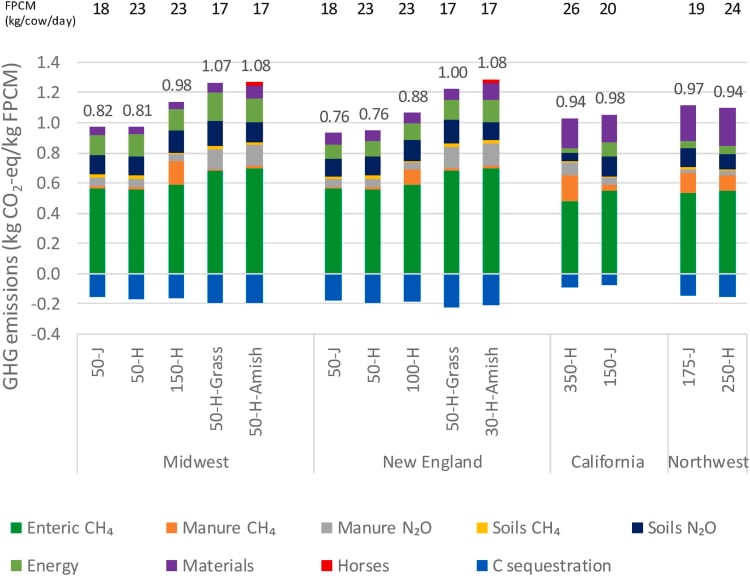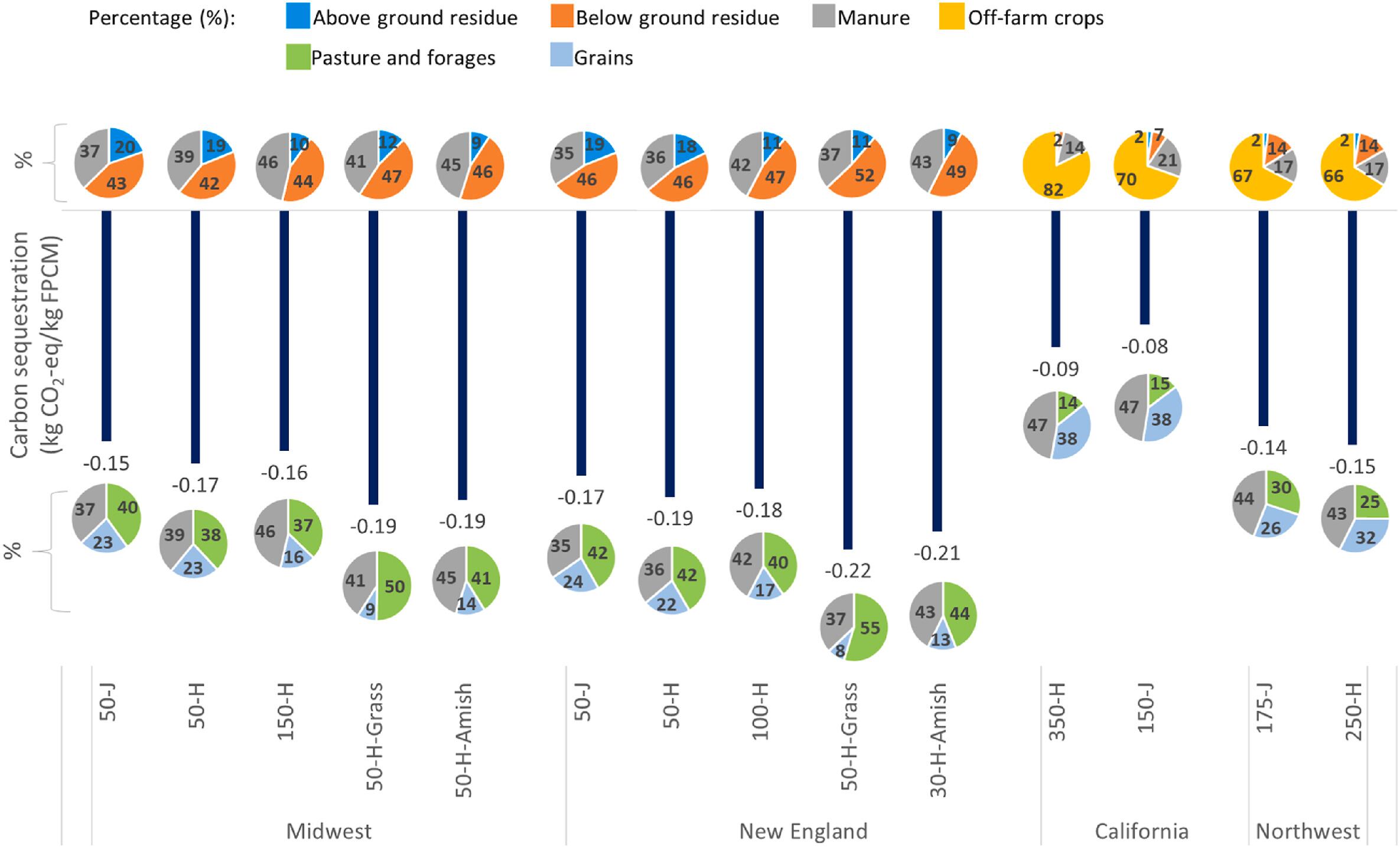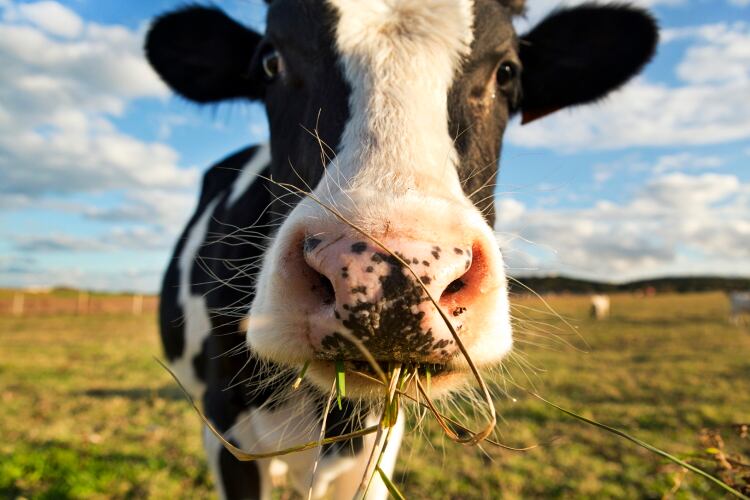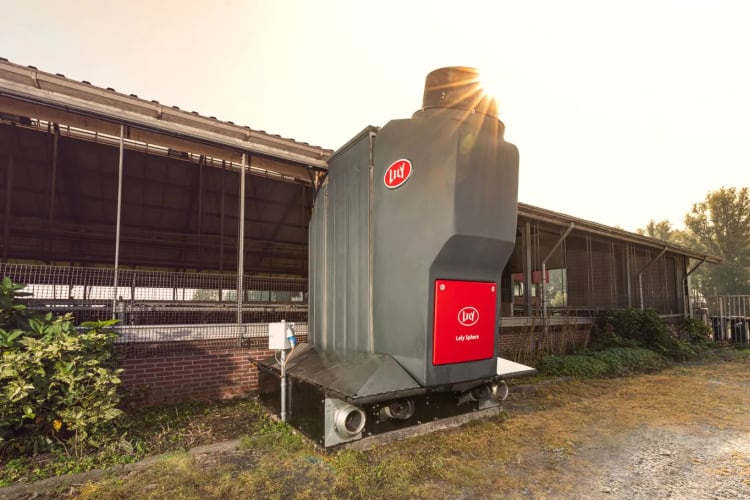The effect of carbon sequestration – the process of storing carbon dioxide below ground – has very rarely been measured by researchers in relation to greenhouse emissions from dairy farms. But a new study has shown just how much of the overall emissions from farms can be cut.
Led by Dr Horacio Aguirre-Villegas, Scientist III at the University of Wisconsin-Madison, the research team conducted a first-of-its-kind study in the US that considered the positive carbon sequestration results of cows spending time out on pasture.
The measurements were made based on the carbon added to the soil from biomass and manure; as a result of crop and grassland management; and the amount of carbon that will be sequestered long-term.
“This method is based on the amount of carbon staying in the soil from above ground residue, below ground residue, and manure,” explained Aguirre-Villegas. “The effect of management practices affecting the carbon stock are also considered, such as tillage, land use regime, management, and input of organic matter into the soil based on farm and region-specific variables such as the level of activity and temperature.”
The researchers analysed the individual performance of 14 Organic Valley farms across key livestock agriculture regions in the US to determine the biggest contributors to greenhouse gas emissions. Five farms were modelled in the Midwest-Great Lakes; five in New England; two in California, and two in the Northwest.
Enteric methane comprised the majority of emissions (up to 59%) while CO2 stood at between 16 to 28% of the total. Methane from manure was between 1-17%, with the biggest contributors being farms which relied on liquid and slurry manure storage. Farms handling solid manure meanwhile performed better.
Other gasses emitted from manure were nitrous oxide (2-12%), which was higher at farms with higher replacement rates. That was also higher in farms that rely more on pasture and forages rather than grain feed, which also explains the higher nitrous oxide emissions during the grazing season at some farms. Ammonia, higher emissions of which were registered at farms with bedded packs, was also measured.

Taking carbon sequestration in the equation however can reduce the overall amount of greenhouse gas emissions by up to 20%, the researchers found.
“The science proves what we all intuitively knew was the case, when you have pasture-based systems and organic crop production you have a smaller carbon footprint,” commented Nicole Rakobitsch, director of sustainability at Organic Valley. “We are proud that farms in our cooperative average the lowest known carbon footprint of any US dairy supply, but we are not going to rest on that outcome.”
Adopting alternative management practices, such as manure separation and moving to renewable energy sources, can reduce emissions by at least 15%, or 30% when measures taken at all 14 farms were combined.

The study of Organic Valley milk continues, with the remaining 40% of Organic Valley's milk supply set to be assessed by the end of 2023.
Organic Valley is also launching a new carbon insetting program, which purchases carbon reduction from its farmers and helps producers implement site-specific projects like agroforestry, enhanced manure management, and on-farm renewable energy.
Source: Journal of Cleaner Production
'Farm level environmental assessment of organic dairy systems in the US'
Published 20 August 2022
https://doi.org/10.1016/j.jclepro.2022.132390
Authors: Horacio A. Aguirre-Villegas, Rebecca A. Larson, Nicole Rakobitsch, Michel A. Wattiaux, Erin Silva.




